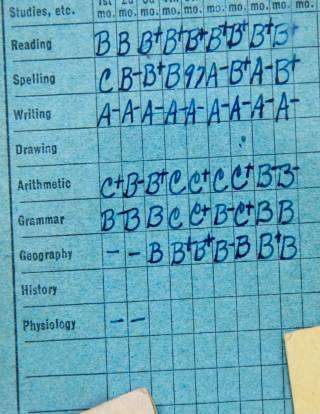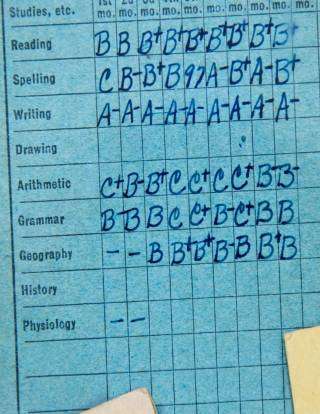Download for free!
Having trouble motivating students to stay engaged and involved in the classroom? Try these teaching strategies for motivating students to learn, participate, and stay involved in the classroom community!Top 10 Classroom Tips for Motivating Students
If you sometimes struggle with motivating students to learn, practice good behavior, and build community in the classroom, don't fret. Many teachers share the same experience - the school year is a marathon, not a sprint, and there will naturally be ebbs and flows to both yours and your students' motivation levels. Below, you'll find 10 tips we've collected from veteran teachers for keeping your class mojo on the upswing, including how to motivate the students who are performing at different levels and abilities.
We hope you find these tips and resources useful. Be sure to visit our classroom management strategy center for more tips, resources, and guidance on managing and motivating your class!

1. Keep Students Active and Engaged
When students are interacting and engaged, they won't have to time to get bored. Choose students at random to answer questions, and make it understood that you value their input and ideas. Student interaction and sharing enhances instructional time and prepares students to function more effectively as a body of learners. We must recognize the importance of these dynamics and find ways to celebrate student intelligence.
2. Allow for Student Choice, Creativity, and Variety
Assigning a piece of writing? Allow students to pick their own genre—such as reports, poems, creative writing stories, plays, or songs—when assigning a topic. When students can pick their favorite form of writing, they'll stay intrinsically engaged and motivated.
3. Create a Class Newsletter or Social Media Page
Inspire interest in current events by using a local paper or social media page as a model for reporting class events. Class projects in every subject area can be presented as news articles with headers, bylines, lead-ins, bodies, and summary paragraphs. Word games, weather, horoscopes, and after-school activities can be integrated with whatever content is being taught.
4. Get Out of the Classroom
Holding class or even just a short discussion in a new environment, whether a park, museum, or the school library, is a great way to stoke student interest. When you return to your classroom, they may see a new approach to a problem or assignment.
5. Create a Friendly Competition
Participate in a competition. As long as there is appreciation for everyone's best effort and not all attention is placed solely on the winner, a competition can be a great way to create excitement.
6. Offer Differentiated Instruction
Knowing that you'll have students of differing abilities in your classroom, craft your lessons for everyone - taking into consideration the different ability levels.
7. Provide Feedback Promptly, Frequently, and Efficiently
Students must be able to see a direct connection between any effort or completed task (such as homework) and a response from you, both verbal and written. Make sure you mention each student's personal progress, rather than comparing his or her work with others in the class.
8. Start the Day with Fun
Start the day off on a pleasant note: a funny video, a trivia question, daily warm-ups for reading and math, or fun fact will help students see the entertaining side of learning.
9. Share Accomplishments
Provide numerous opportunities for students to share their accomplishments with the class and the class to share their achievements with the larger school community. Use skits, plays, readers theater productions, library displays, bulletin boards, a class newspaper or newsletter, or other media to promote the efforts of the whole classroom.
10. Provide Multiple Opportunities for Students to Set Goals
Students should have multiple opportunities to set their own academic goals. Invite them to establish obtainable goals for a lesson, a unit, or even for the whole year. Ask them what they would like to learn about a topic and what they think they must do to learn that material. Psychologists tell us that the goals we set for ourselves (as opposed to the goals others set for us) are intrinsically more motivational. We're more inclined to pursue those goals and relish in the success that comes about when we achieve them.
Looking for more timely teaching strategies? Visit our Teaching Strategies Resource Center to find hundreds of helpful articles, resources, e-books, and workbooks to help make your job easier!
















